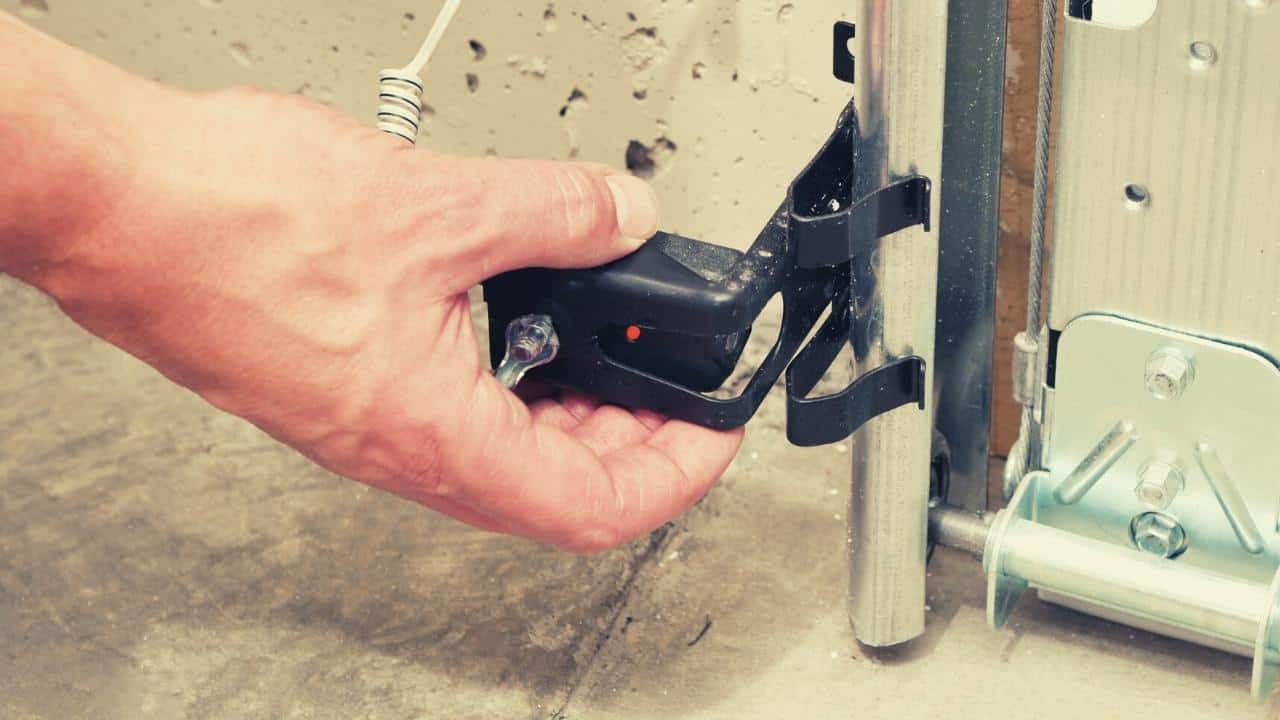
Garage Doors and Parts – Photo Eye Sensors may look small, but their function holds great importance in modern garage door safety. These small devices are usually installed a few inches from the floor on either side of the garage door opening. They create an invisible beam across the doorway. If anything interrupts that beam while the door is closing, the system immediately halts and reverses the door. This technology prevents doors from accidentally closing on children, pets, vehicles, or objects. Garage door systems without functioning sensors are prone to causing injuries or damage. Many homeowners do not realize how crucial these sensors are until a problem occurs. Keeping them aligned and clean should be a top priority. Regularly testing the system can prevent unexpected accidents and prolong the lifespan of the door mechanism.
Photo Eye Sensors operate using infrared light. One sensor emits the beam while the other receives it. If the beam is broken, the signal alerts the motor to stop closing. This mechanism is simple yet powerful in ensuring safe garage operation. When these sensors are even slightly misaligned, the system may fail to work properly. Misalignment can cause the door to reverse unnecessarily or fail to detect real obstructions. That is why the calibration of Photo Eye Sensors must be handled with care. Alignment requires both lenses to face each other directly without any tilt. Dust, moisture, or physical obstructions can block the beam and trigger malfunctions. To ensure accurate performance, homeowners should inspect the sensors at least once a month. If the door keeps reversing unexpectedly, sensor calibration is often the first thing to check. A well-aligned sensor pair is the first defense against mechanical accidents.
“Read about: Experts Swear by This Seasonal Garage Hack, Your Cluttered Space Will Thank You!”
Despite their simplicity, Photo Eye Sensors can encounter several problems that compromise their safety role. The most frequent issue is dirt or debris covering the sensor lens. Even a small cobweb can interfere with the signal and cause the door to malfunction. Weather conditions like rain or snow may also impact sensor effectiveness. Another issue is physical displacement caused by accidental bumps or shifting foundations. Children playing in the garage or lawn tools leaning against the wall may nudge the sensor out of alignment. Electrical wiring problems can also result in signal loss. In some cases, direct sunlight entering the garage can interfere with infrared signals. Identifying these problems early ensures they do not escalate into hazardous situations. Fixing sensor issues is usually inexpensive but extremely valuable in terms of accident prevention.
Keeping Photo Eye Sensors in optimal condition does not require advanced skills. Simple routines can greatly improve reliability and extend the device’s functionality. First, make sure both lenses are clean. Use a soft cloth to gently wipe dust or grime every two weeks. Avoid using harsh chemicals that might damage the sensor surface. Second, visually check their alignment. Both sensors should point directly at each other with no wobbling. You can use a level tool or measuring tape to ensure equal height from the floor. Third, conduct monthly safety tests. Place a solid object like a cardboard box between the sensors and close the garage door using the remote. If the door continues closing, the sensors need repair or calibration. Finally, avoid stacking items or storing objects near the sensor area. These practices reduce false alarms and keep your garage system running smoothly.
While Photo Eye Sensors are durable, they are not immune to wear over time. If cleaning and alignment checks no longer solve performance problems, replacement may be necessary. Signs include blinking sensor lights, doors that behave unpredictably, or complete failure to stop when obstructions are present. In many cases, homeowners can replace the sensors themselves using basic tools and guidance from the garage door opener manual. However, if wiring issues are involved, calling a professional is recommended. Installing newer models often brings better reliability and added safety features. Some advanced systems include self-diagnostics and automatic alignment checks. Investing in quality sensors ensures peace of mind and reduces long-term risks. A garage door is a powerful mechanism, and only a well-functioning safety system can truly make it safe for everyday use.
This website uses cookies.